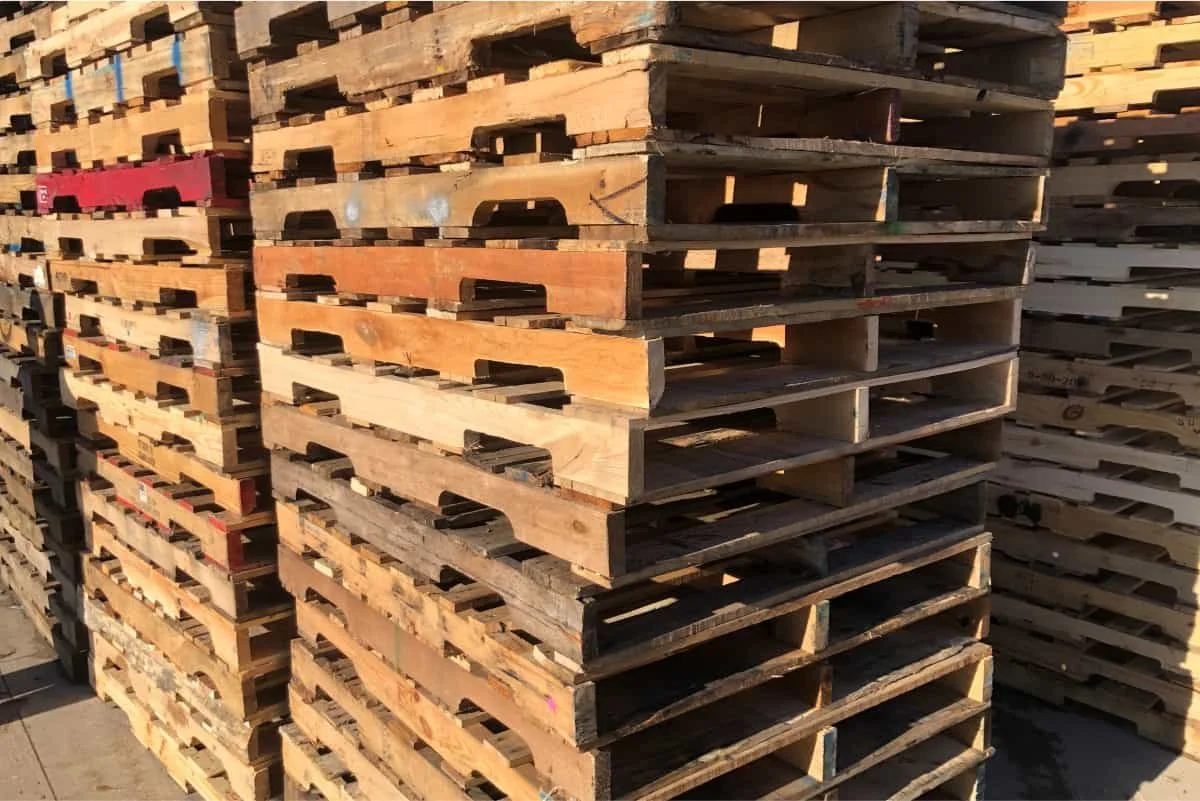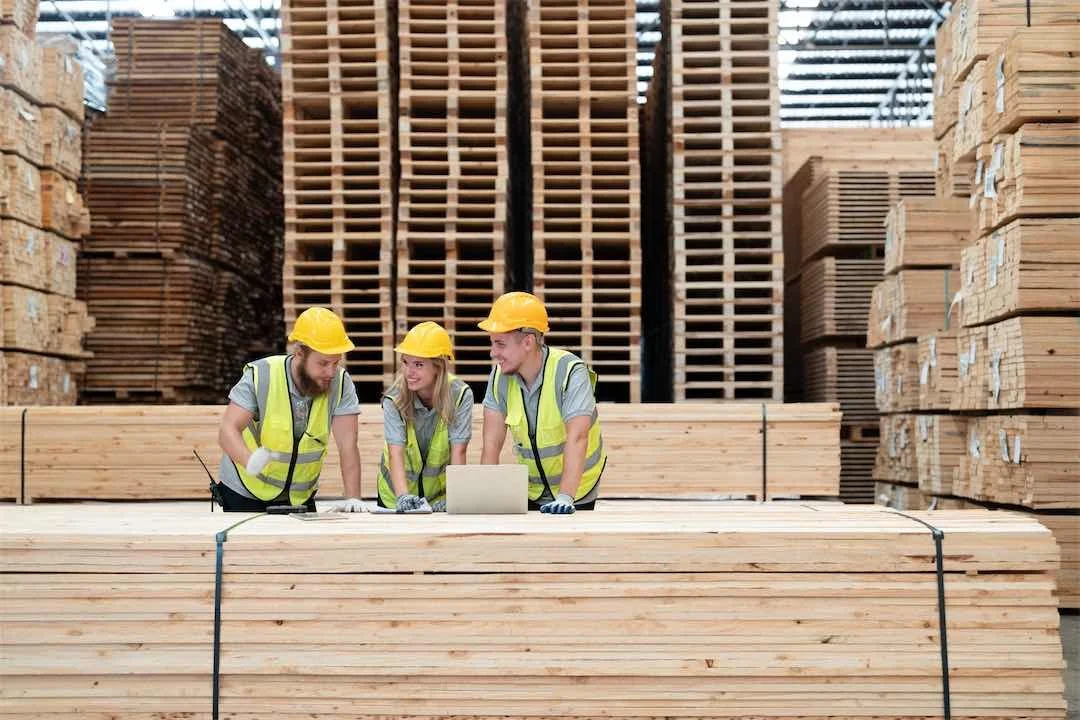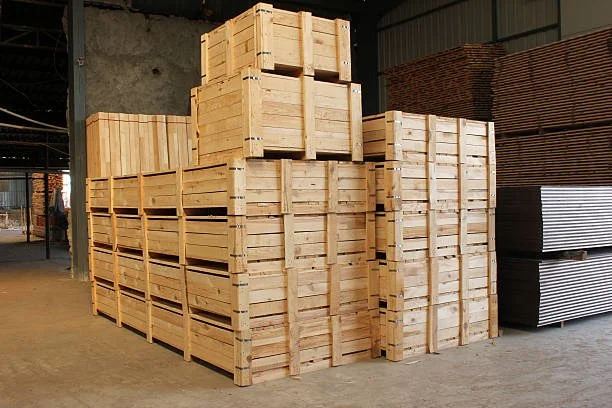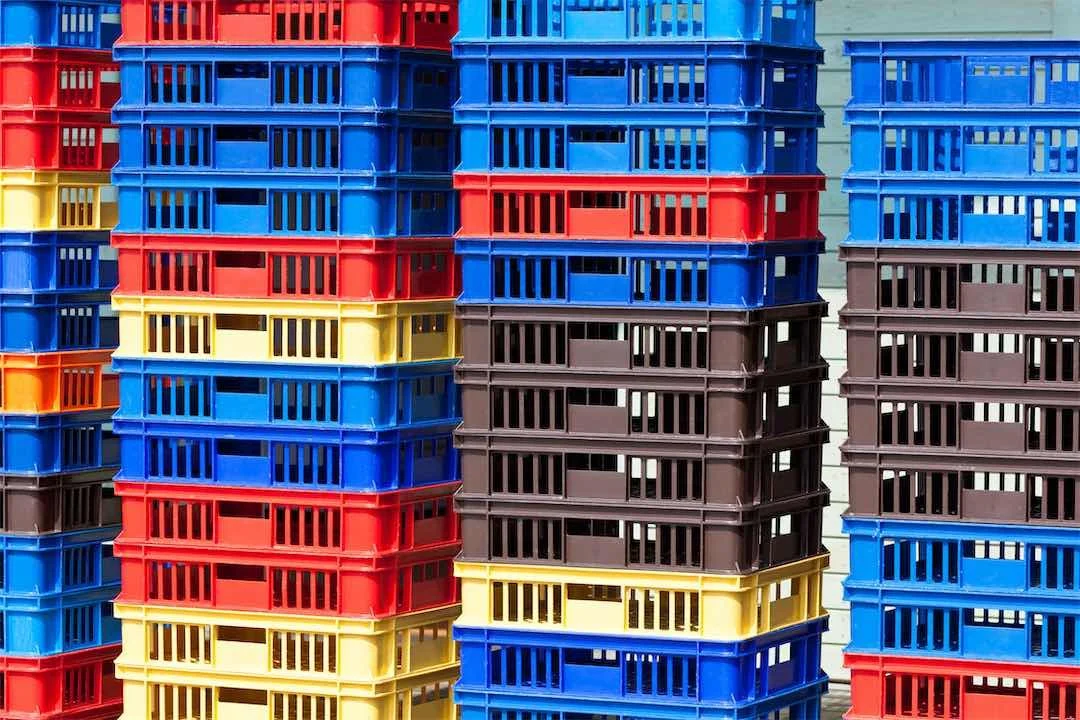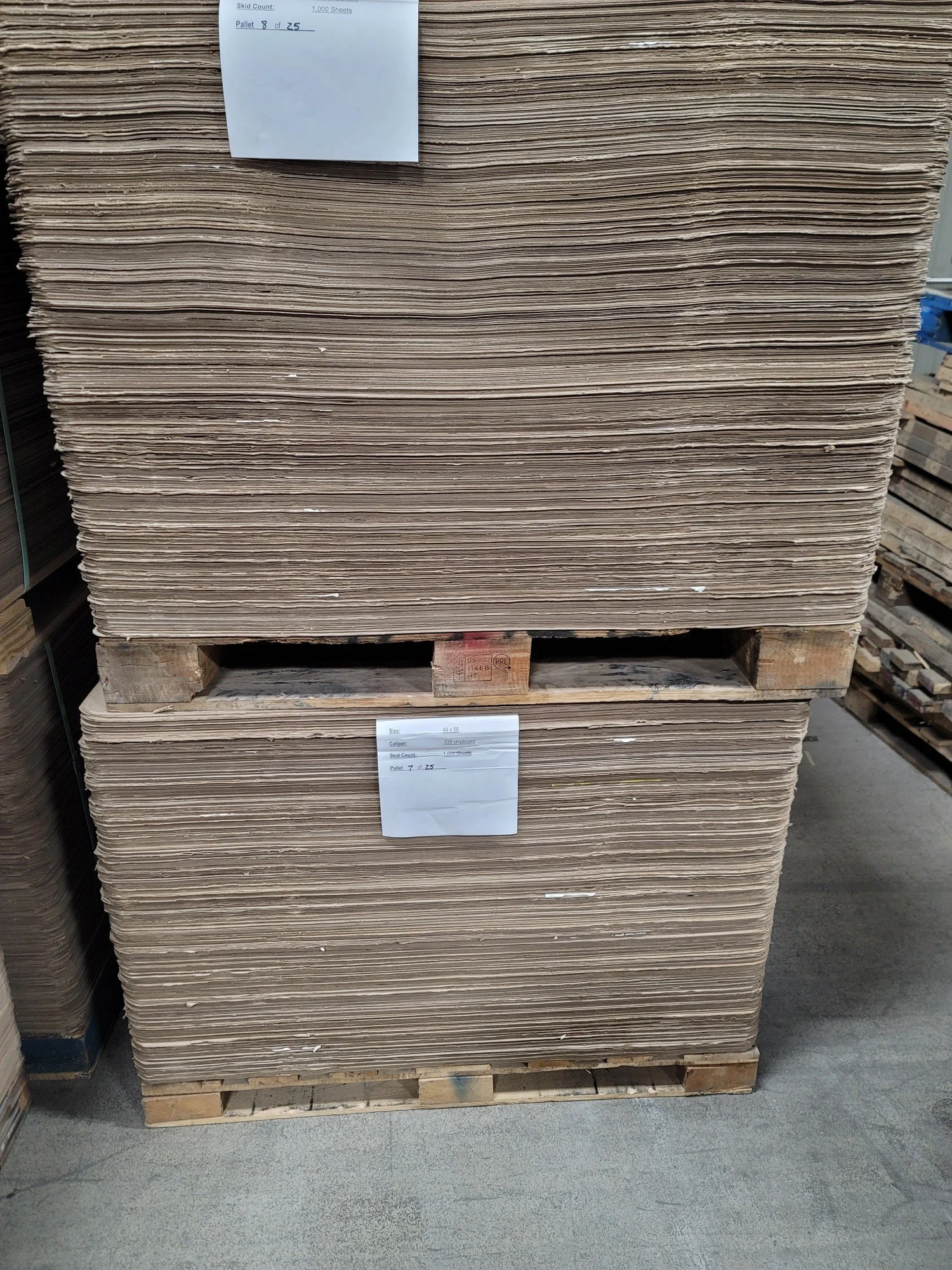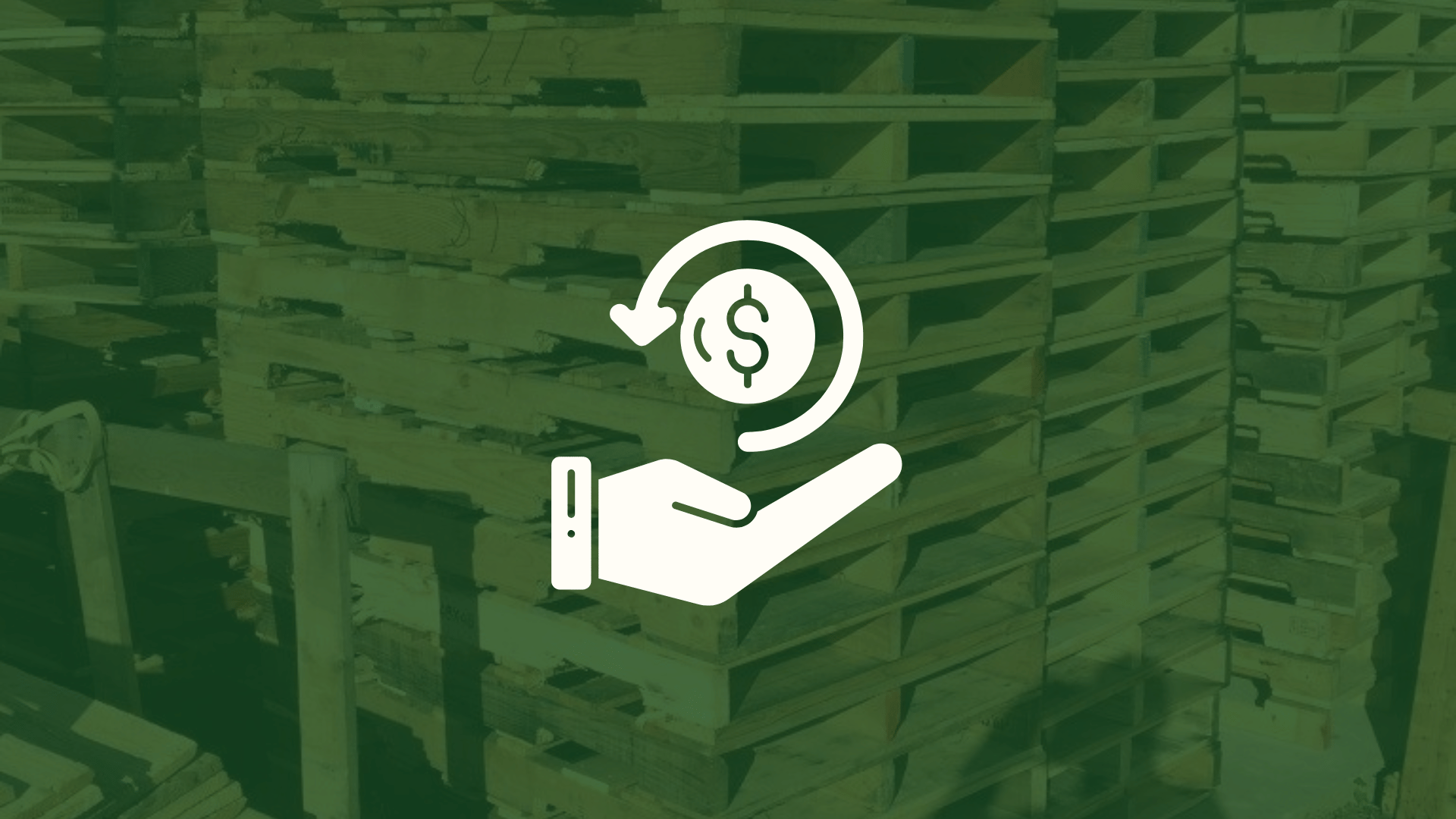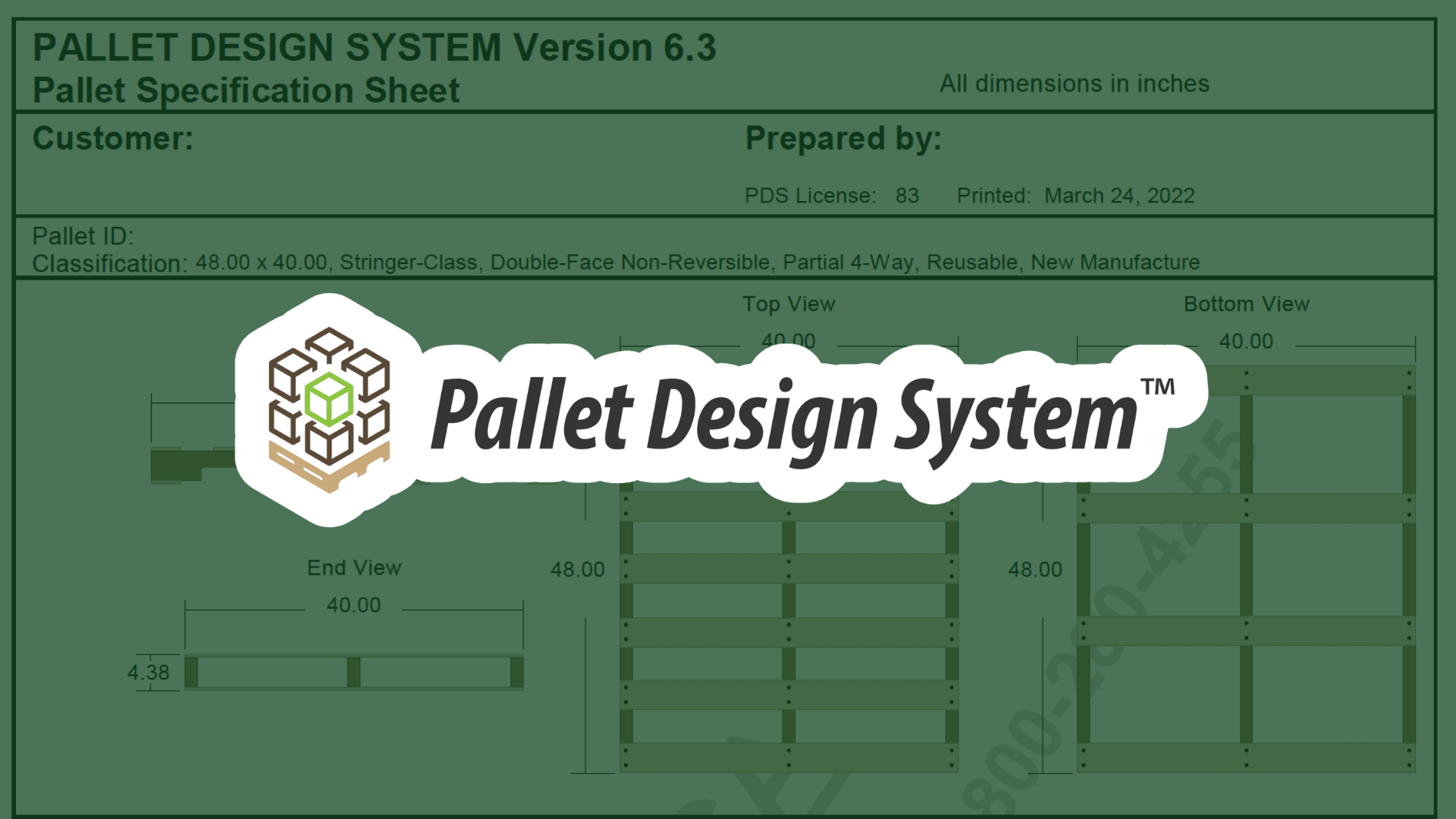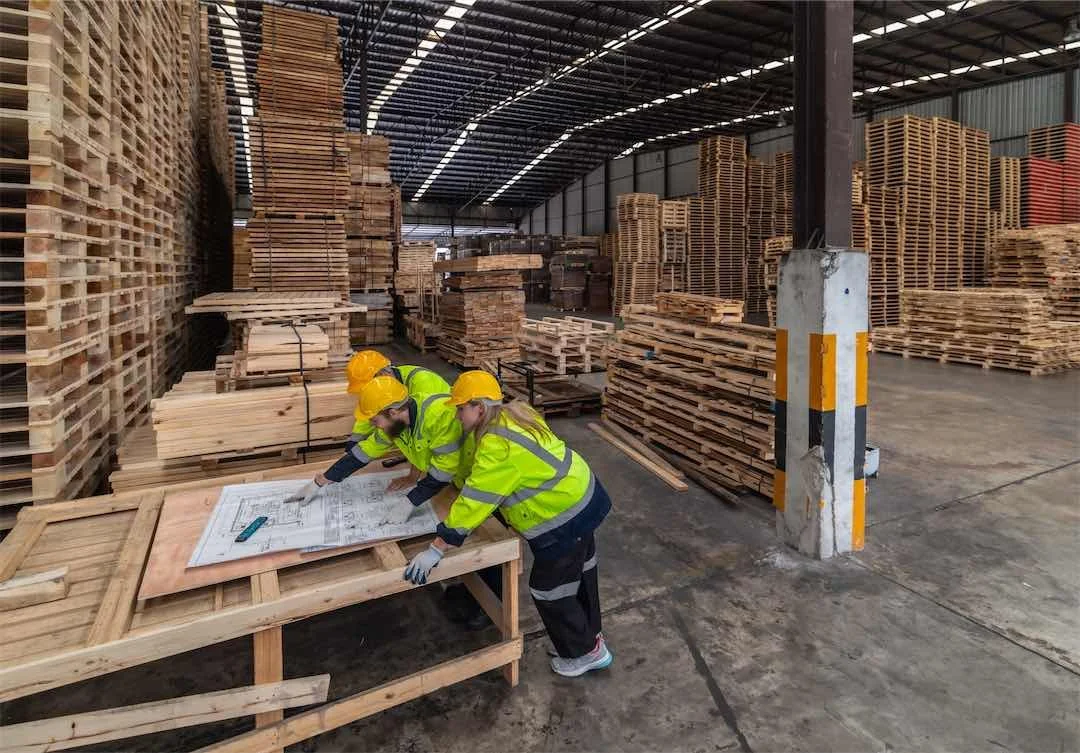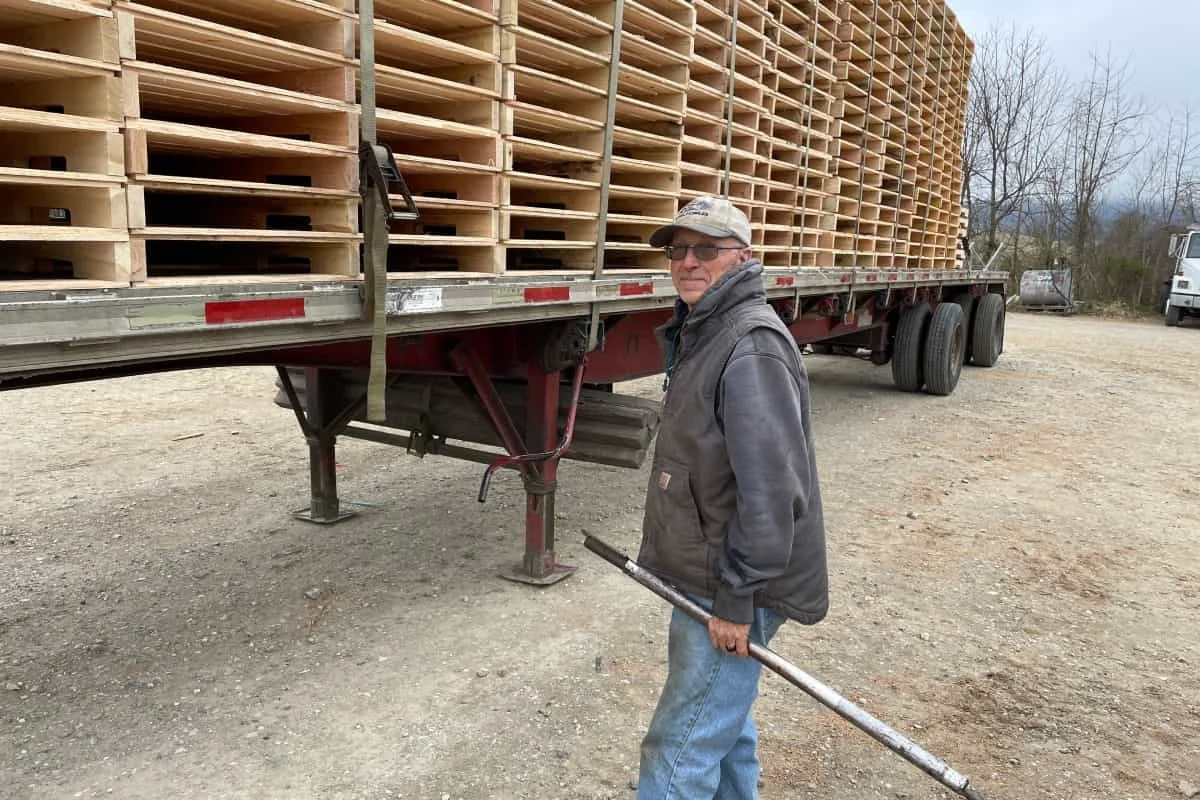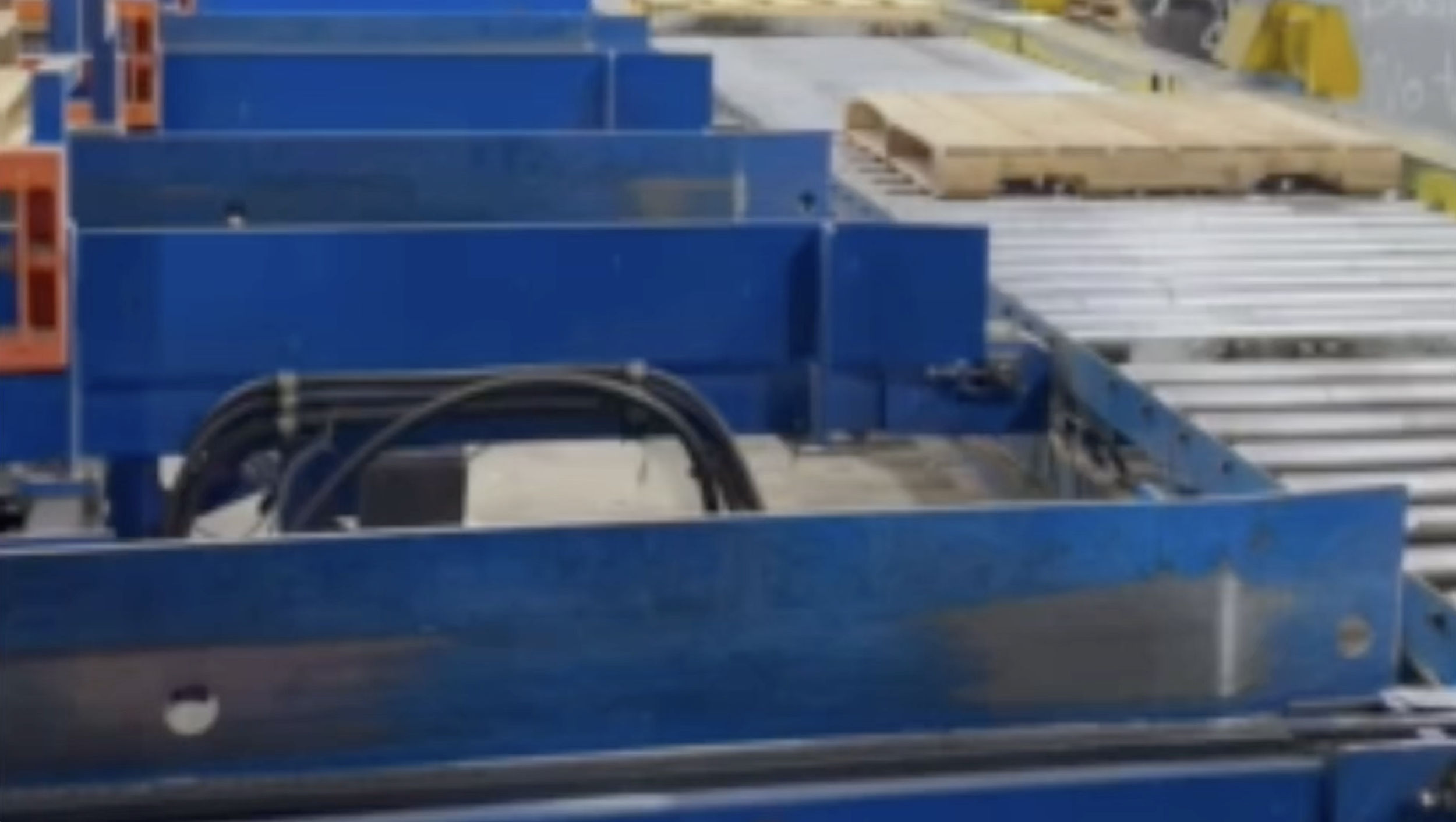
At Hallwood, We Carry More Than Goods.
We Carry Trust.
Your Supply Chain’s Strategic Advantage Starts Here.
We empower businesses nationwide with new and recycled pallets for sale, plus durable wood crates, totes, and sustainable packaging solutions. Trusted by leading manufacturers and distributors since 1979.
Years in Business
45+
200+
Truckloads per Week
States Covered
75+
Mill
Partners
32+
At Hallwood, we don’t just deliver pallets. We deliver peace of mind.
We Succeed by Helping our Customers Succeed.
As Virginia’s largest pallet supplier and a national leader in sustainable wood product manufacturing, we’ve helped businesses move the world with confidence for over 40 years.
We Worry About Pallets, So You Don’t Have To.
Reliable Products. Custom Solutions. Total Support.
Hallwood makes it easy to get exactly what you need, built to last. We provide new and recycled pallets, crates, plastic containers, and custom wood products made to your specs.
Whatever you ship. Wherever it goes.
Hallwood Pallets move the world.
Proudly trusted nationwide by 100+ leading manufacturers and distributors searching for reliable pallet suppliers and bulk pallet sales.
















We’re not just working to reduce our impact.
We’re working to leave the world better than we found it.
Through tree planting, landfill diversion, and biofuel conversion, Hallwood redefines what it means to be responsible in the wood products industry.
As one of the nation’s top recycled pallet manufacturers, Hallwood combines sustainability with scale from custom builds to buyback programs.
Let’s Build the Right Pallet Solution for You.
Tell us what you need. We’ll handle the rest.
Get a quote on new, recycled, or custom pallets for sale delivered across 30+ states with regional insight and dependable freight partnerships.
If your state isn’t listed, let’s talk. We might still be able to help.
Not Ready for a Quote? Let’s start with a conversation.
Give us a Call Today at (757) 357-3113

